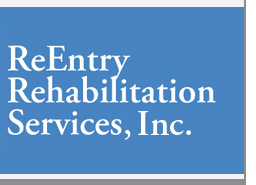Social Security Disability Insurance and Supplemental Security Income
The Social Security Administration pays benefits to disabled individuals who are qualified through two programs: the Social Security disability insurance program (SSDI or Title II) and the Supplemental Security Income program (SSI or Title XVI). Adults who are unable to work because of a medical condition that is expected to last at least one year or result in death may be entitled to benefits under one or the other of these programs, and in some instances, to benefits under both programs. Children who are disabled may be entitled to benefits under the SSI program. Certain family members (children, disabled children 18 years or older, and in some cases, certain spouses) may be entitled to benefits based on a disabled worker’s receipt of SSDI benefits (but not SSI benefits).
Recipients of SSDI benefits are eligible to enroll in Medicare’s various parts after they have been receiving monetary benefits for 24 months. Individuals who receive SSI benefits are eligible to receive Medicaid benefits. If a recipient is eligible for both SSDI and SSI benefits, he may be eligible to receive both Medicare and Medicaid. A recipient may be entitled to both SSDI and SSI benefits when the SSDI benefit is less than the maximum SSI benefit; in that case, SSI makes up the difference between the SSDI benefit and the SSI benefit.
You can apply for any of these benefits by contacting Social Security at 1 (800) 772-1213 to schedule an appointment with your local Social Security Office. You can apply online for SSDI benefits by going to https://www.ssa.gov/ and following the directions at that website. Social Security has information about SSDI and SSI applications, as well as applications for SSI for disabled children. You can find these publications at Social Security’s website or you can call 1 (800) 772-1213 and ask that the publications be mailed to you.


